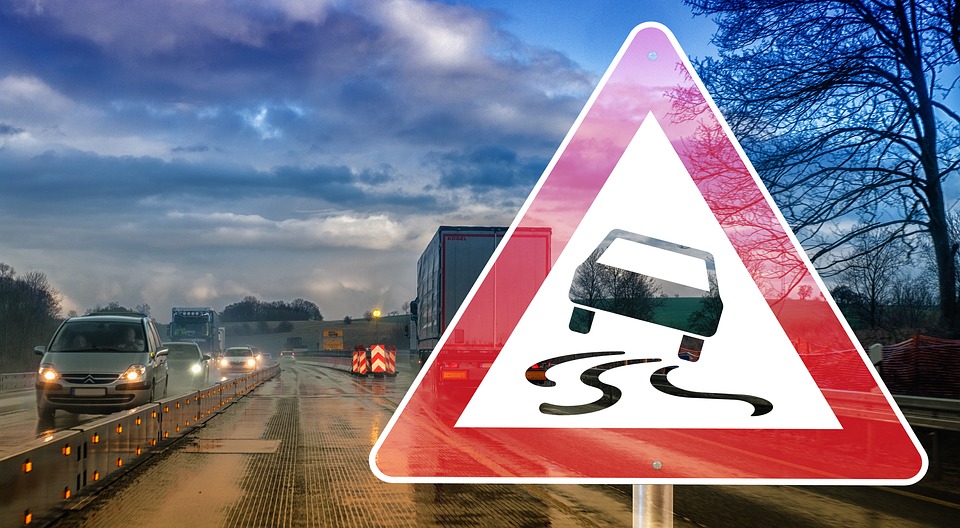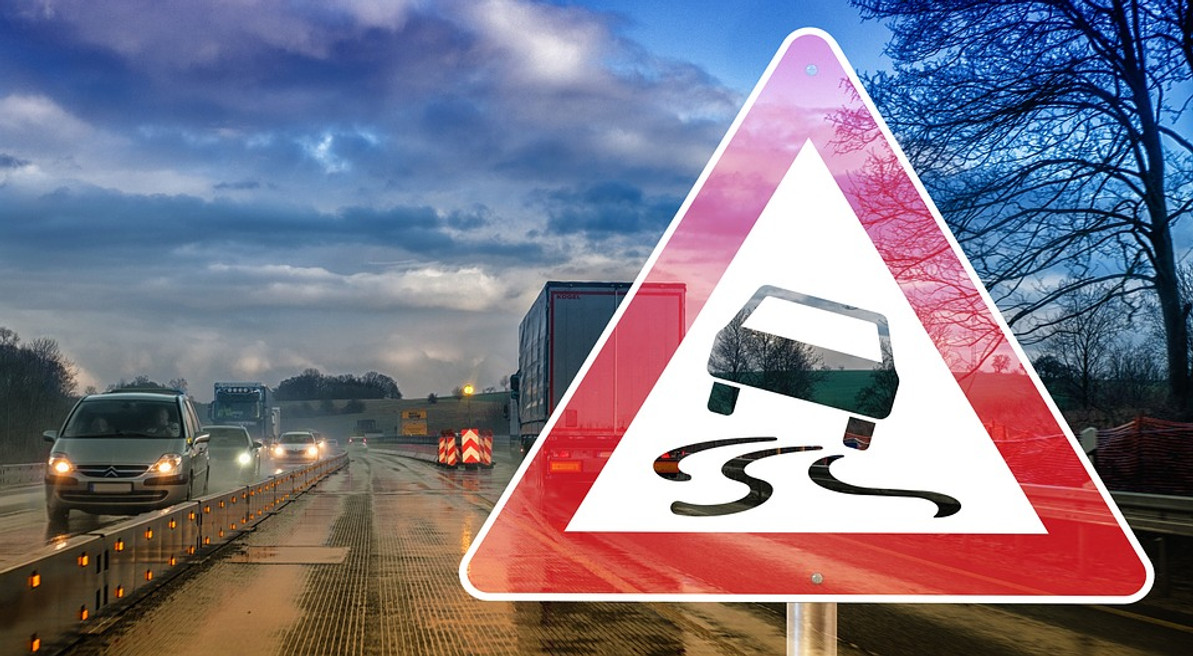5 Safety Tips to Follow When Driving in the Rain

You won't always have the luxury of driving on dry pavement. Whether you're headed to work or simply running errands around town, you'll probably have to dry in rainy conditions on some days of the year. According to the National Highway Traffic Safety Administration (NHTSA), however, nearly three-fourths of all weather-related vehicle accidents involve wet pavement. You can still drive in rainy weather, but you should follow these five safety tips to lower your risk of injury.
#1) Beware of Puddles
When driving in rainy weather, watch out for puddles. Even if it's just a few inches deep, it may cause your vehicle to hydroplane. Driving over puddles is never a smart idea, regardless of the depth. Just a thin layer of water can prevent your tires from creating traction, which in turn may cause you to lose control of your vehicle. If you see a puddle in the road, slow down -- and if possible -- try to go around it.
#2) Keep a Safe Distance
A good rule of thumb to follow when driving is to keep a minimum of two seconds of distance from the vehicle in front of you. In other words, if the vehicle in front of you stops, you should have at least two seconds to stop your vehicle before hitting it. If it's raining outside, however, you need a little extra stopping time to minimize your risk of collision. Rather than two seconds, try to keep a minimum of six seconds of distance from the vehicle in front of you.
#3) Avoid Using Cruise Control
Although it's a nice feature to use in clear weather, you shouldn't use your vehicle's cruise control in rainy weather. What's wrong with using cruise control exactly? The problem with this automotive feature is that it often causes sudden acceleration that, when combined with the wet pavement, can lead to loss of control.
#4) Check Tire Tread
Before driving in rainy weather, take a moment to inspect the tread of your vehicle's tires. If your tires are bald with little or no tread left, they won't be able to create traction with the pavement.
#5) Use Headlights
I know this probably sounds like common sense, but it's worth mentioning that you should always use your vehicle's headlights when driving in rainy weather. Even if it's still daylight outside, rainy weather can restrict your visibility. At the same time, other motorists may struggle to see your vehicle if your headlights aren't turned on.
Recent Posts
-
Fire Safety in the Workplace: What You Need to Know
What steps are you taking to prevent fires in your workplace? According to the U.S. Occupational Saf …Aug 23rd 2023 -
Is It Safe to Go Jogging With a Cold Infection?
If you're suffering from a cold infection, you might be wondering whether it's safe to go jogging. T …Aug 22nd 2023 -
5 Safety Tips to Follow When Using a Powder-Actuated Tool
Powder-actuated tools are commonly used to join materials to steel and concrete. Also known as Hilti …Aug 20th 2023




